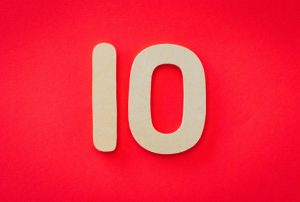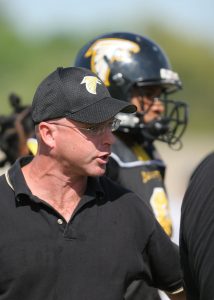Organizations can change over the years. Change may happen because that is what the customers expect or it is because the  organization gets to have even the most coveted skills. Despite the changes, there are those that stay the same—the organization’s brand, its unique culture, and its shared lexicon. These are the underlying organizational and cultural design factors that define an organization’s personality. Metaphorically, these are called Organizational DNA. The Organizational DNA can indic
organization gets to have even the most coveted skills. Despite the changes, there are those that stay the same—the organization’s brand, its unique culture, and its shared lexicon. These are the underlying organizational and cultural design factors that define an organization’s personality. Metaphorically, these are called Organizational DNA. The Organizational DNA can indic
10 (5)
COVID-19 has taken the world by a storm. Financial markets, manufacturing, services, and tourism have been hit hard. In fact, it has also changed the way we work, communicate, interact, and shop more than any other disruption in the decade.
also changed the way we work, communicate, interact, and shop more than any other disruption in the decade.
As a result, there have been key changes in Consumer Behavior. There is a growing reluctance to visit crowded places, the increasing shift of work from the office to home, and the higher propensity for digital adoption and Digital Transformation. The changes
When organizations go through a Post-merger Integration, often management realizes that it is never a simple undertaking. It is a  highly complex process. Swift action is required as well as being able to run the core business activities simultaneously. There is no one-size-fits-all approach to a successful PMI Process. However, to maximize deal value, there is a need for careful planning focused on the strategic objectives of the deal and the identification and capturing of synergies.
highly complex process. Swift action is required as well as being able to run the core business activities simultaneously. There is no one-size-fits-all approach to a successful PMI Process. However, to maximize deal value, there is a need for careful planning focused on the strategic objectives of the deal and the identification and capturing of synergies.
The PMI Pr
“Leadership is not about titles, positions, or flowcharts. It is about one life influencing another.” - John C. Maxwell
Many people in a position of authority struggle with their Leadership Presence. They have adopted the kind of persona that they assume a leader is supposed to have: a TED Talk cadence, authoritative body language, studied informality, and a package of carefully curated slides. Yet, in adopting this stance it showed that you are not authentic and people will assume your message i
A company’s cultural situation is challenging, multidimensional, and difficult to deal with. It constitutes a powerful set of emotional  resources. To a degree, culture can be compared to natural forces such as winds and tides. These elements are there in the background, sometimes unnoticed, sometimes obvious. Endowed with immense power, they can waylay plans and inhibit progress.
resources. To a degree, culture can be compared to natural forces such as winds and tides. These elements are there in the background, sometimes unnoticed, sometimes obvious. Endowed with immense power, they can waylay plans and inhibit progress.
Natural forces can’t really be tamed or fundamentally altered. But if you respect them and understand how to make the
